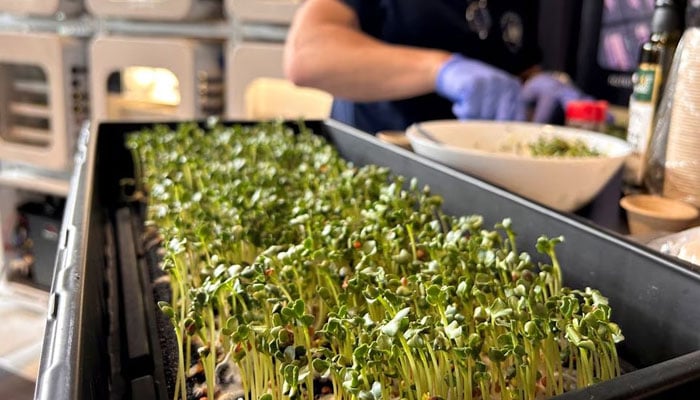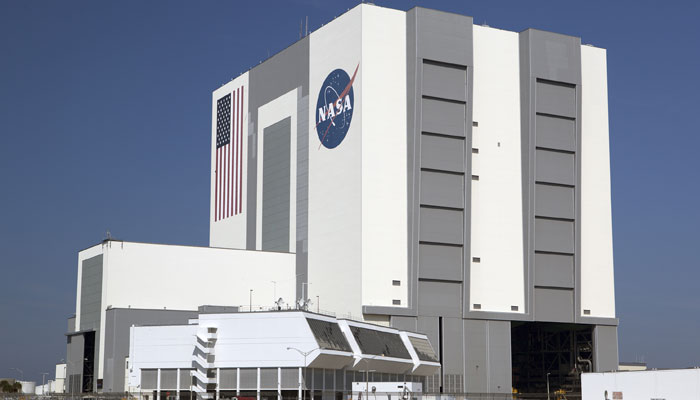Nasa astronauts' food to get a taste-lift on top of added nutrition
"Tesulting single-cell protein drink entered in Nasa’s contest has consistency of whey protein shake," says co-founder
May 30, 2023

In an attempt to meet the nutritional needs of astronauts in space, a New York-based company Air Company of Brooklyn founded a way to recycle astronauts-exhaled carbon dioxide in space to grow yeast-based nutrients for protein shakes designed to nourish crews on long-duration deep-space missions, reported Reuters.
The innovation of the company — which makes carbon-negative aviation fuel and is patented as AIRMADE technology — in food growth has put it in the finals of a Nasa-sponsored contest that encourages the development of next-generation technologies for meeting the food requirements of space crews.
According to the co-founder and Chief Technology Officer Stafford Sheehan that "it's definitely more nutritious than Tang," while referring to a powdered drink that gained traction in 1962 by John Glenn when he became the first American to orbit Earth.

The contest Deep Space Food Challenge prompted Sheehan to modify his invention as a way of producing edible proteins, carbohydrates and fats from the same system.
Sheehan said he originally developed his carbon-conversion technology as a means of producing high-purity alcohols for jet fuel, perfume and vodka.
Taste and flavour of food
Sheehan, who has a doctorate in physical chemistry from Yale University, said: "The resulting single-cell protein drink entered in Nasa’s contest has the consistency of a whey protein shake."
He compared the food flavour with seitan, a tofu-like food made from wheat gluten that has its origins in East Asian cuisine and was adopted by vegetarians as a meat substitute.
"And you get that sweet-tasting, almost malted flavour to it," Sheehan said.
Sheehan said: "Apart from protein drinks, the same process can be used to create more carbohydrate-heavy substitutes for bread, pasta and tortillas."
For the sake of culinary variety, he sees his smoothie being supplemented on missions by other sustainably produced comestibles.
The company was one of the eight winners which Nasa announced this month in the second phase of the competition with prize money of $750,000.
A final round of the Nasa competition is yet to take place.
Ralph Fritsche, space crop production manager at Nasa’s Kennedy Space Center in Florida, said that human waste alone "is not the complete nutrient source that plants need to grow and thrive."
It is a grave challenge for Nasa to keep the astronauts well-nourished in space. Since the International Space Station (ISS) launch, the crew aboard relies on a diet mostly of packaged with some fresh produce delivered on regular re-supply missions.
According to Nasa, ISS teams also have experimented with growing a number of vegetables in orbit, including lettuce, cabbage, kale and chile peppers.
As Nasa planned for space exploratory missions to Mars and Beyond, it has become important for self-contained, low-waste food production which requires minimal resources.
Advances in space-based food production also have direct applications for feeding Earth's ever-growing population in an era when climate change is making food more scarce and harder to produce, Fritsche said.
"Controlled environment agriculture, the first modules we deploy on the moon, will have some similarity to the vertical farms that we'll have here on Earth," Fritsche said.
"We're not re-inventing products," Sheehan said, "we're just making them in a more sustainable way."











